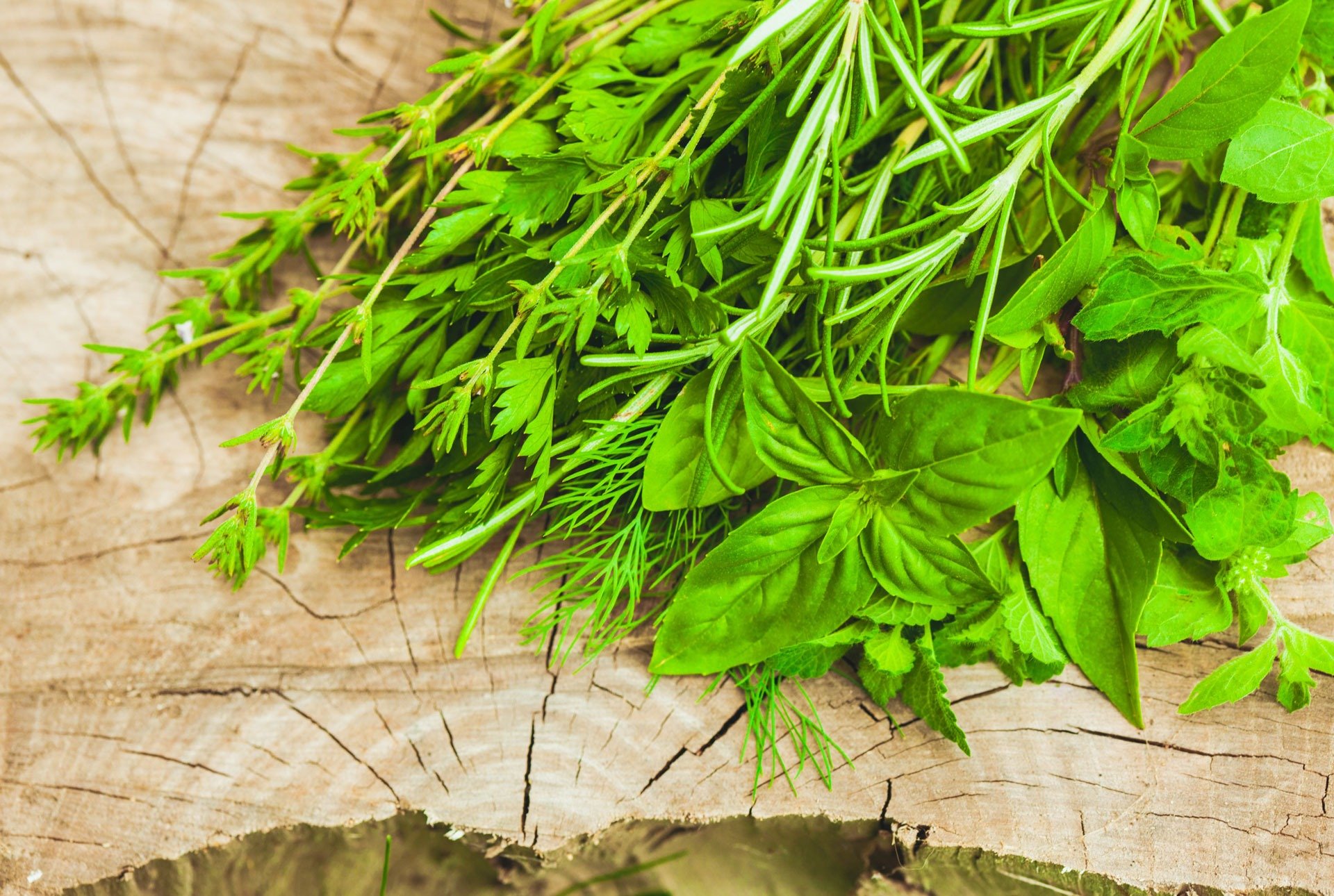Real Food Encyclopedia | Parsley
For many in the U.S., parsley’s claim to fame has been ornamental rather than gastronomical. The herb (especially its “curly” form) was often, in decades past, exiled to the edge to pretty up the plate.
But parsley (Petroselinum crispum) is an herb of serious culinary merit. In 1974’s “Beard on Food,” James Beard sang its praises: “If I had to pick six herbs I couldn’t cook without, I’d settle for basil, bay leaf, rosemary, savory, tarragon, and thyme. Parsley too, of course, but that is so universal it goes without saying.”
Did you know?
- Parsley is often present on the traditional Passover Seder plate as the karpas, a vegetable dipped in salt water before being eaten to symbolize the salty tears of the Israelite slaves in Egypt.
- Charlemagne, the first Holy Roman Emperor, had parsley planted on his royal estates, a choice that some historians credit with helping popularize the herb throughout Europe.
- Parsley is a member of the Umbelliferae family, which also includes carrots, celery, dill and fennel.
What to look for when buying parsley
It takes a lot for parsley to become entirely unusable, but when shopping, look for perky leaves, firm stems and no wilting or yellowing of any kind.
There are two kinds of parsley that you’ll see in the grocery store: the aforementioned “curly leaf” (also known as “French” parsley) and “flat leaf” (or “Italian) parsley.
Sustainability of parsley
Although you won’t find parsley on the Environmental Working Group’s Shopper’s Guide to Pesticides in Produce, your best bet is to buy from small-scale and local sources whenever possible and talk to the grower about production methods. (Or grow your own!) At the supermarket, we recommend buying organic parsley. And most importantly, wash it.
Seasonality
Parsley season is nice and long, beginning in late spring or early summer and extending through the fall in most parts of the country. In the absence of a hard frost, parsley will continue to provide.
Eating parsley
Storing
As one of the hardiest leafy herbs, parsley keeps well in the refrigerator. It will keep for a week in a plastic bag and also likes standing upright in a jar with a few inches of water.
Cooking
Parsley is one of the components of bouquet garni, a classic French herb bundle used to flavor stock, soups, stews or any kind of braised dish. Tie parsley stems with thyme sprigs and bay leaf using kitchen twine (or wrap them all in a cheesecloth) and simply drop them into the pot.
Parsley is also a natural fit for condiments, pestos and pastes. Next time you’re looking to spruce up pasta, rice, roasted vegetables or an omelet, consider persillade: a raw mixture of finely chopped parsley and garlic. In France, one classic use for it is pommes persillade, diced sautéed potatoes tossed with the bright sauce. Italian cuisine takes it one step further with the addition of lemon zest for a condiment called gremolata, which is often served with osso bucco but works magic on grilled vegetables, too. Chimichurri is a similar raw sauce from Argentina that typically also contains chile and oregano; it’s a must for any traditional asado table.
There’s no better way to get your parsley on than to make a batch of tabbouleh, the iconic Levantine herb salad with bulgur wheat, tomatoes and plenty of lemon juice and olive oil. In the Middle East, tabbouleh — not bulgur — is considered the main ingredient. Served with pita and other mezze or just on its own, tabbouleh is a light, refreshing dish for a hot summer day.
Preserving
Parsley can be dried, using your oven, a food dehydrator, a microwave, or even just by air-drying, after which it can be stored for months. It can also be frozen in a bag or cubes, or used to make parsley oil, which can then last for several months in your refrigerator.
Nutrition and health
Like many herbs, parsley is not always eaten in large enough amounts to make a huge nutritional dent. But for a seemingly ordinary herb, parsley is surprisingly rich in nutrients: Half a cup, raw (not an unrealistic amount for a serving of tabbouleh, for example) contains nearly 40 percent of the recommended daily intake of Vitamin C and more than quadruple the recommendation for Vitamin K, and is also a good source of Vitamin A, folate and iron.
As with many other herbs and greens, conventional parsley has been at the center of food safety recalls over the years due to salmonella contamination. And like other leafy vegetables, parsley is dense with oxalates, which may be an issue for anyone with kidney issues.


